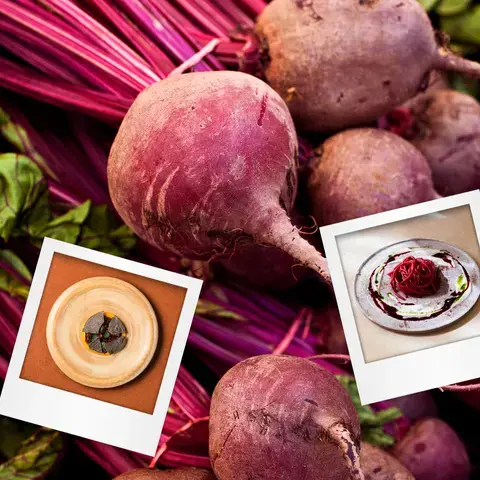As we reach the end of July and into August when the sun is hot and tomatoes ripen on the vine, we hear much about heirloom tomato varieties. But what are heirloom tomatoes and what makes them so much better than the other store-bought varieties we are used to?
Firstly, tomatoes that are found in the wild in Latin America, from where all tomatoes originate, are small, sweet berry-like fruits. The big red, plump tomatoes we find in our stores today started off as these wild tomatoes in Bolivia, Chile, Colombia, Ecuador and Peru, from the Solanum lycopersicum plant and then of course, were exported around the world.
About five centuries of selective breeding has given us the tomato we know today. Farmers and growers selected certain plants to breed for their characteristics—like maturation speed, color, disease resistance, and so on—but in general, these growers were focused on what made the practice of tomato growing more profitable rather than end taste and flavor. So, while we get more consistently round, red, and uniform tomatoes that last longer on the supermarket shelf or in transportation, they lack the flavor found in older, so-called heirloom varieties.














